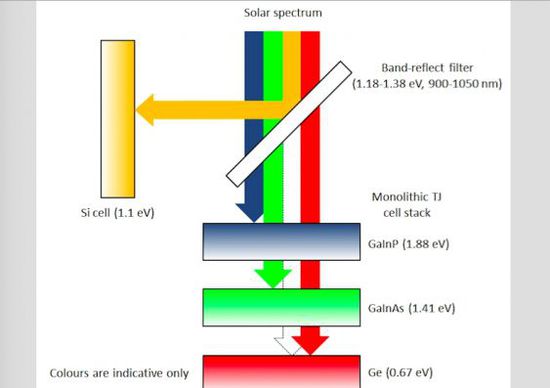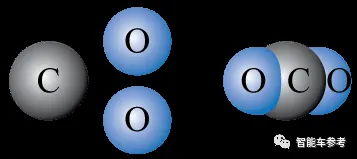
Researchers at the University of New South Wales (UNSW) in Australia, have once again broken the energy efficiency record for photovoltaic cells, boosting the solar conversion efficiency to a staggering 34.51 TP3 T. Previously, Alta Devices in the U.S. had set a conversion rate record of 241 TP3 T, but Mark Keevers and Martin Green, senior researchers at the Australian Center for Advanced Photonics, part of UNSW, built a new device that boosted the performance quite a bit more. Keevers and Martin Green, researchers at the Australian Centre for Advanced Photovoltaics at UNSW, have built a new device that boosts the performance of Alta Devices, which set a conversion rate of more than 40% in 2014 by using mirrors to concentrate light. This time, however, the new device did not "cheat", but achieved this result under normal light conditions.
"This encouraging result shows that our research in photovoltaic power generation is still progressing and can lead to even higher efficiencies in solar cells", Keevers said in a statement.
"Converting every ray of light into as much energy as possible is extremely important for reducing the cost of solar power, as it reduces the investment required and the payback comes faster."
The new device consists of four mini-modules embedded in the prism combined (size 28cm2), when the sunlight irradiation prism, will be divided into four segments into the quadruple receiver, thus increasing the energy that can be obtained from the sun. On one side of the glass prism, there is a silicon cell; on the other side, there is a triple-junction solar cell.
This solar cell has three layers, each corresponding to a different light wave, to make the most efficient use of light energy, while the rest of the light energy is passed on to the next layer, and ultimately the infrared light waves are sifted out and bounced back to the silicon photovoltaic side.
Unfortunately, the current prototype device is not suitable for large-scale application on rooftops due to the complexity of the structure and the high cost of mass production, but the team is working to reduce its complexity.
In the meantime, the researchers plan to scale up the device even more. Alta Devices' photovoltaic cells, for example, have an area of 800 cm2, and if the new UNSW device can reach this size, it is expected to further reduce marginal losses.
"The industry has not been able to reach this level of efficiency for many years, and a recent study by Agora Energiewende in Germany, also concluded that it will take until 2050 for non-focusing solar collection modules to reach an efficiency of 351 TP3T and go into home applications", Green said.
(Article source: cnbeta.com)
[Zhongshun Xinneng Marketing Department August 29, 2019 Responsibility: Xiao Li]
* Reproduced for the purpose of transmitting more information, and does not mean that we endorse its views and are responsible for its authenticity.




